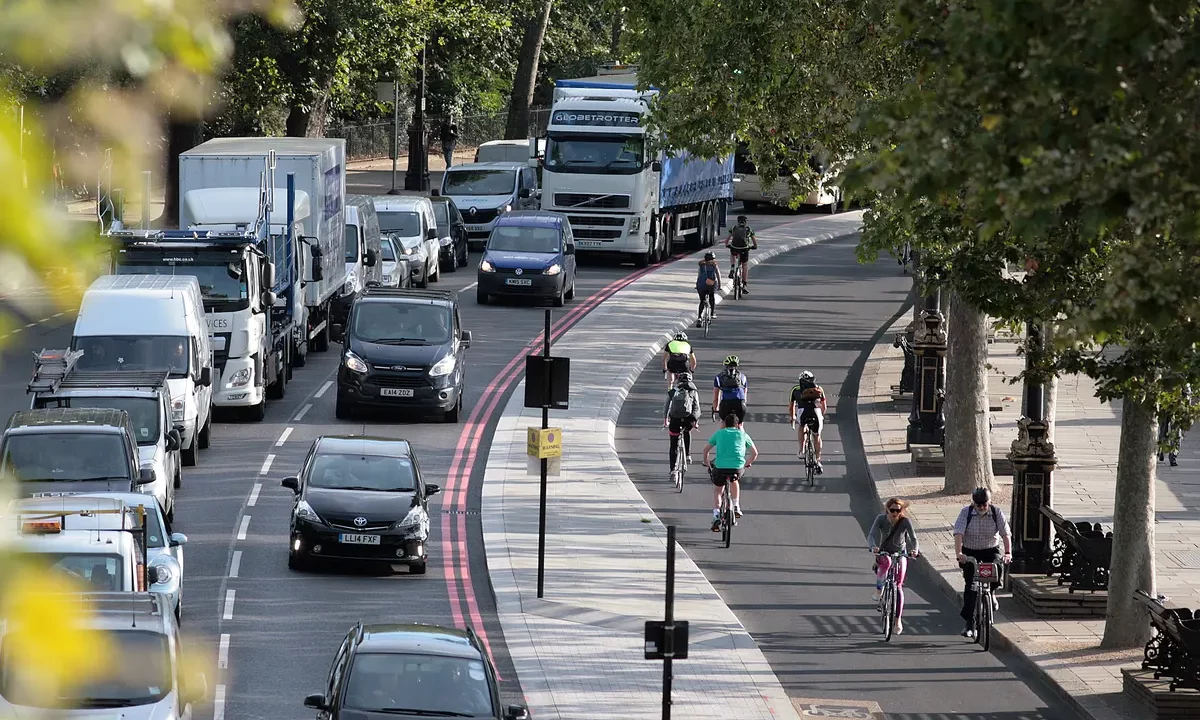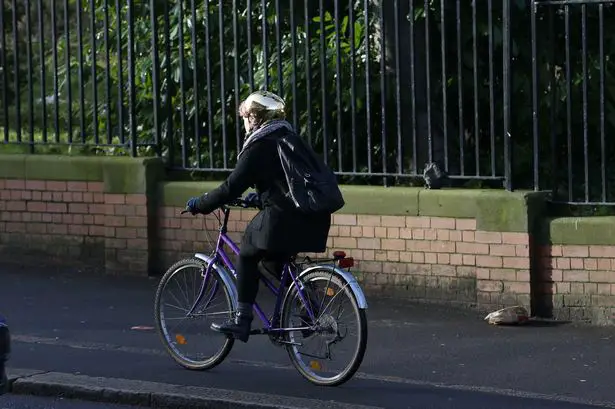
Cycling in traffic can be dangerous. It’s important to remember that as a cyclist, you have the same rights and responsibilities as drivers. To cycle in traffic, it’s best to avoid cycling on the sidewalk or bike lane. Instead, opt for designated bike lanes or roads with low traffic.
Furthermore, always be aware of your surroundings when cycling near cars. It’s essential to look carefully before darting out into traffic.
Additionally, many roadways were not built with cyclists in mind. Even when the United States Secretary of the Interior recommended considering cycling as a means of transportation, a national transportation organization dismissed the idea. However, with more awareness and consideration, this can change.
Cycling in traffic
Cycling may not be as popular in the United States as in other parts of the world. But, in other countries cycling plays a big role in transportation. Cities like Taipei, Amsterdam, and Copenhagen are known for their cycling culture. Trondheim, Norway has also made great efforts to promote cycling.
Brubakken hill in Trondheim is very steep. To help cyclists, the town created a simple bike elevator similar to a ski lift. This allows riders to place their foot in a stirrup and be pulled uphill. This innovative solution shows that promoting cycling can be done through unique and creative ways. By providing better infrastructure and encouraging the use of bicycles, more people will be inclined to use the bike as a mode of transportation.
Learning to ride your bike safely in traffic requires adapting to sharing the road with other cyclists, cars, and pedestrians. These individuals may not be aware of your legal rights as a cyclist. It’s important to stay alert, obey traffic laws, use hand signals and make sure you are visible by using lights and reflective gear.
Check out some best road bikes…
Table of Contents
Avoid the pavement

The best place to ride a bike is on the street, even if it may be tempting to ride on the sidewalk. Sidewalks can be full of obstacles like pedestrians, dogs, children, and other hazards that move unpredictably and are not always looking out for vehicles as large and fast as bikes.
Riding on the sidewalk can be a danger to yourself and others. It’s better to walk the bike for the last 15 feet of the journey from the road to the destination. This can prevent accidents with toddlers and other pedestrians in the neighborhood.
Anticipate heavy traffic

Learning how to ride a bike safely in traffic requires understanding how to anticipate traffic flow and how to work with it. Here are some tips to help you navigate traffic:
- Assume that if someone can go in front of you, they will do so.
- Wait until a vehicle comes to a complete stop before crossing its path, regardless of who has the right-of-way.
- Drivers often fail to use turn signals when they feel “alone” on the road, which can cause chaotic behavior.
- Use hand signals to communicate your intentions to other drivers.
By following these guidelines, you can anticipate traffic flow, understand how to work with it safely and effectively, and communicate your intentions to other drivers. It’s also important to remember to follow traffic laws, wear a helmet and make sure your bike is in good working condition. By taking these precautions, you can ensure a safer and more enjoyable cycling experience on the road.
Familiarize yourself with the rules and regulations
If you’re new to street riding, it’s important to familiarize yourself with the legislation for cycling in your area. Local bike advocacy groups often have a summary of the rules and regulations that affect cyclists on their website.
For example, in Los Angeles, cyclists are treated the same as drivers, which means that running a red light or riding while intoxicated is illegal. However, it also means that cyclists are entitled to their own lane of traffic as long as they are riding predictably and not impeding traffic flow.
Each neighborhood has its own set of norms and it’s important to be aware of them. For example, in Maine, pedestrians have the right-of-way on all roads, except for interstates. This means that cyclists should be prepared to defer to pedestrians, and that drivers may stop unexpectedly for them, which can lead to accidents if you’re not careful.
It’s important to note that some cyclists believe that different rules should govern them. For example, some cyclists think that stop signs should be interpreted as yield signs, and stop lights as stop signals. While some municipalities are testing this type of legal framework for cyclists, it’s important to follow your community’s regulations.
It’s safer to advocate for the law to be changed, rather than ignoring it individually. If you strongly believe that the legislation should be changed, it’s important to work towards changing it through proper channels.
To Sum Up
Learning to ride a bike in traffic can be challenging. It requires understanding how to anticipate traffic flow, maintain momentum and comply with cycling regulations that may vary depending on your location.
It’s important to familiarize yourself with the legislation for cycling in your area. Local bike advocacy groups often have a summary of the rules and regulations that affect cyclists on their website.
Read also: How to Pick The Right Measure for a Bike Helmet?








